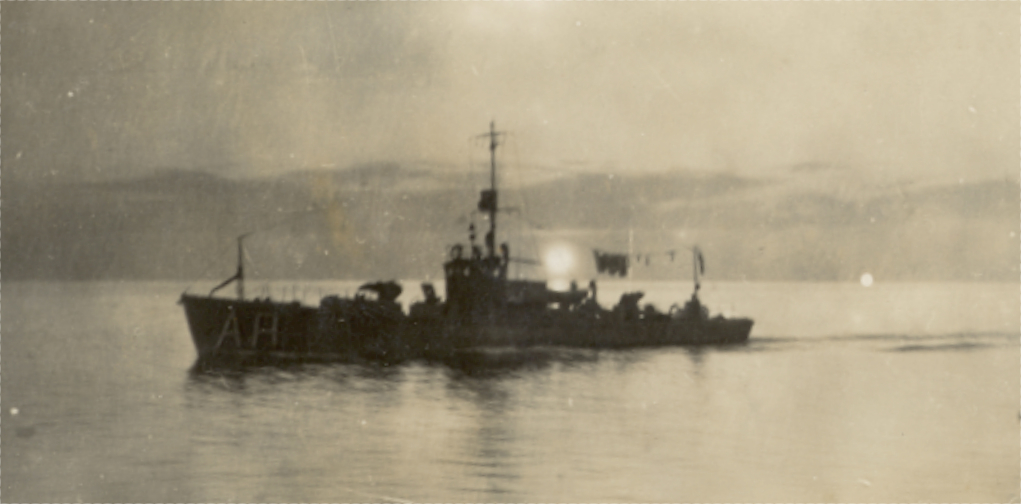Unit C, stationed at Base 25, Corfu, Greece, was comprised of SC 349 (Unit Leader) and SC 255 and SC 256 (wing boats). An attack report on 19 August, 1918 illustrates a couple of interesting components of the antisubmarine warfare effort: listening periods, and the use of seaplanes to locate and report the presence of U-boats.
Orders for the entire barrage line were to observe planned "listening periods," during which all vessels were to have their engines off to allow listeners on the chasers and other ASW vessels to deploy the hydrophones and listen for submarines. Early in the morning, Unit C received a report of a submarine, but had trouble locating it, as other vessels in the area had engines on during the listening period. An Allied seaplane flew over the area and dropped a marker, allowing them to pursue and attack, anyway. Unit C dropped a pattern of 15 depth charges. While there was no evidence in this attack of damage to a submarine, it's a good example of the overall effort, including detection from the air.
SC 256 would go on to colorful post-war duties, first taking part in the Northern Russia Expedition, in which a unit of chasers traveled to the White Sea to assist in the evacuation of U.S. troops. Then after serving in the latter part of the clearing of the North Sea minefields, SC 256 was destroyed by fire during the homeward bound voyage. This was an example of another aspect of WWI chasers, the relative lack of experience of the USN with gasoline-powered engines and the inadequate ventilation of the engine rooms. Explosions and fires in the engine room were all too common.
 Submarine chaser SC 256, "Midnight Sun," northern Russia. G.S. Dole Collection.
Submarine chaser SC 256, "Midnight Sun," northern Russia. G.S. Dole Collection.
—Todd Woofenden, editor
Added this month:
- New in the Hull Number Collection is a shot of the bow of SC 116, courtesy of Cheryl Eisenhauer
- Also from the same collection, a shot of Joseph Leonard Meyers, who served as a machinist's mate on subchaser SC 116.
